
 Data Structure
Data Structure Networking
Networking RDBMS
RDBMS Operating System
Operating System Java
Java MS Excel
MS Excel iOS
iOS HTML
HTML CSS
CSS Android
Android Python
Python C Programming
C Programming C++
C++ C#
C# MongoDB
MongoDB MySQL
MySQL Javascript
Javascript PHP
PHP
- Selected Reading
- UPSC IAS Exams Notes
- Developer's Best Practices
- Questions and Answers
- Effective Resume Writing
- HR Interview Questions
- Computer Glossary
- Who is Who
How to Import Data From Another Worksheet?
In the data? driven world, managing and organizing data efficiently is a critical skill. Microsoft Excel is a powerful tool used widely for this purpose, featuring a range of functionalities that allow for more effective data handling. Managing data across multiple Excel sheets can be a headache ? but with Excel's built? in importing function. Our tutorial has been designed to assist you in moving and organizing precious information across multiple worksheets without any hassle. We guarantee that by following the outlined steps. This task can be completed successfully in no time. From there. Discover all the ways in which using this powerful function can optimize your workflow and improve your productivity.
The ability to import data from another worksheet can vastly streamline your work in Excel for a number of reasons ?
Data Consolidation ? If you have data spread across multiple sheets, you can import it into one for ease of access and analysis.
Data Synchronization ? Frequent updates to data can be accommodated using the method of importing, which guarantees that your worksheet holds the newest information at all times.
Collaboration ? In situations where multiple users are utilizing separate worksheets, incorporating data enables each person to view and utilize the most recent information from a unified hub.
What are various ways to Insert time format automatically in Excel
Approach 1 ? Using Excel's Built? In Features
Approach 2 ? Using Excel Formulas
Approach 3 ? Using Power Query
Using Excel's Built ? In Features
A fundamental approach to importing data involves utilizing the copy and paste functionality that is built into Excel.
Step 1 ? To import data. Kindly begin by opening the source worksheet. Afterward. Select the cells that you wish to import.
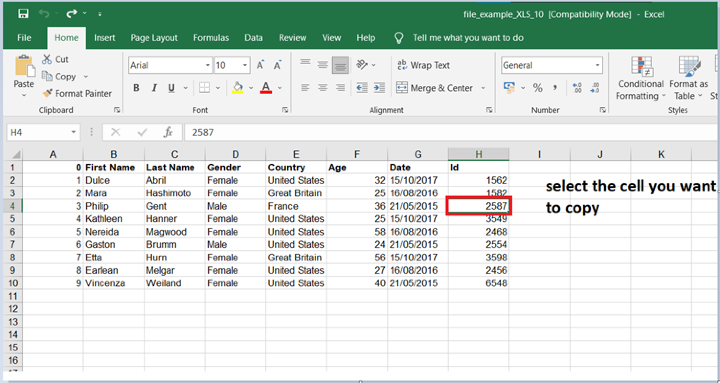
Step 2 ? To copy the selected cells simply perform a right click and select the option 'Copy'.
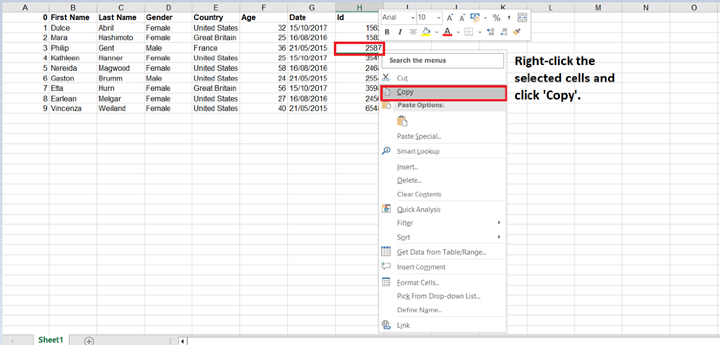
Step 3 ? To commence data input, kindly access the target worksheet and select the exact cell where you intend to begin.
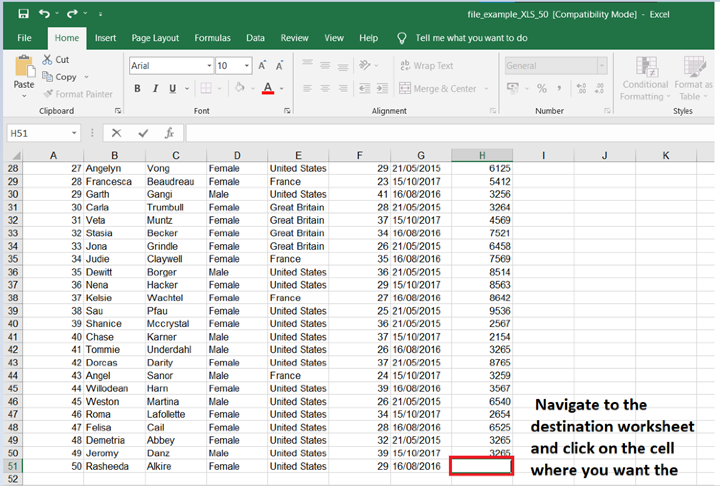
Step 4 ? By performing a right click on the desired cell and selecting 'Paste' from the menu options. You may easily complete your copy pasting task.
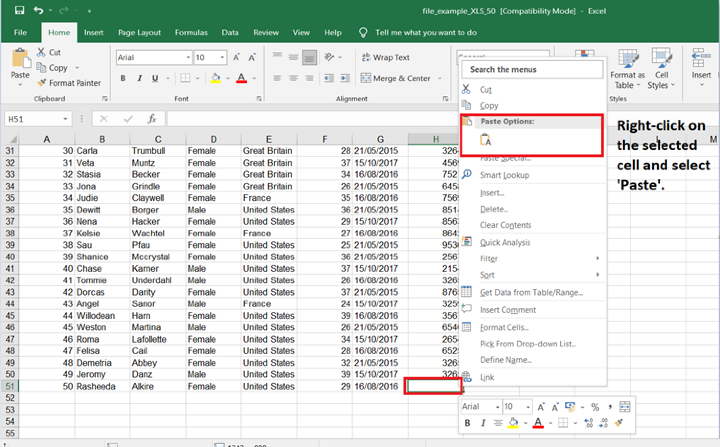
Step 5 ? After pressing the paste option you successfully transfer data from one sheet to another sheet.
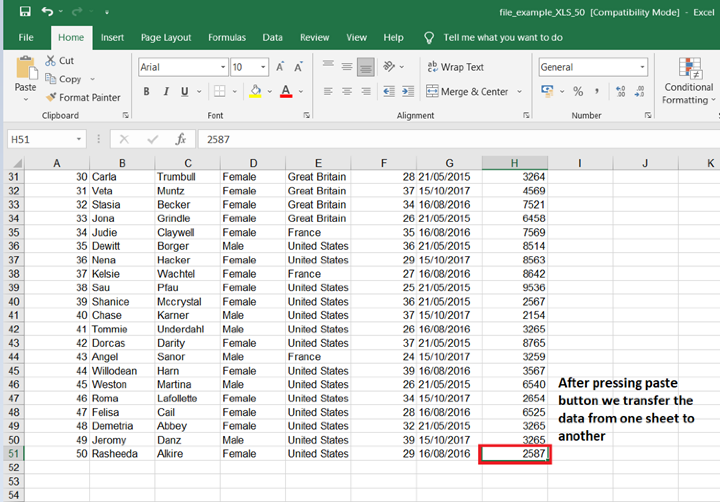
Although this particular approach is undoubtedly expeditious and straightforward it may not be the most productive when working with extensive data sets or information that undergoes frequent updates.
Using Excel Formulas
Utilizing Excel's ample arsenal of formulas can facilitate the swift exchange of information between various worksheets. For demonstration purposes we shall explore the practical utility offered by the potent and multi purpose VLOOKUP function.
Step 1 ? To import data into the destination worksheet, kindly click on the cell where you wish to place it.
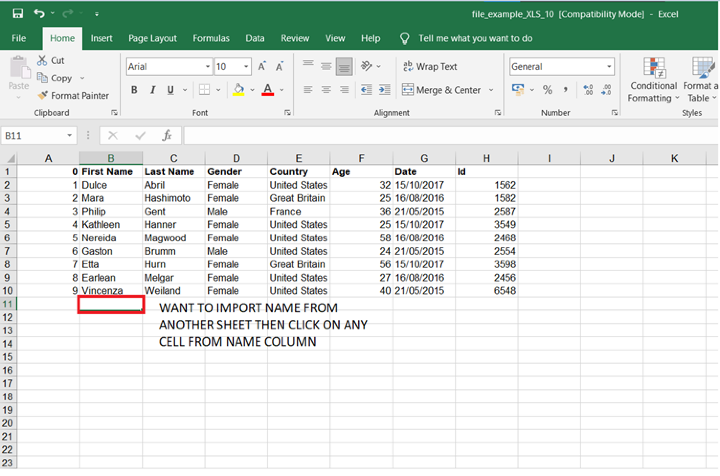
Step 2 ? Type =VLOOKUP(), then inside the parentheses, input the lookup value, the cell range in the source worksheet, the column index number for the return value, and whether you want an exact match or approximate match.
1. First type =VLOOKUP() in desired cell
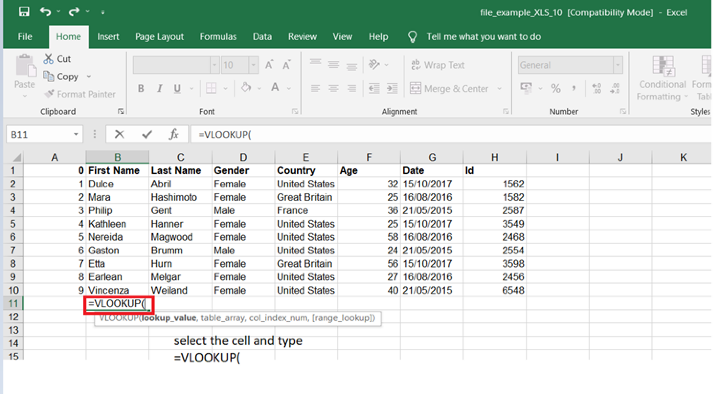
2. select the lookup value mean the cell that will gives a refernce to find the value
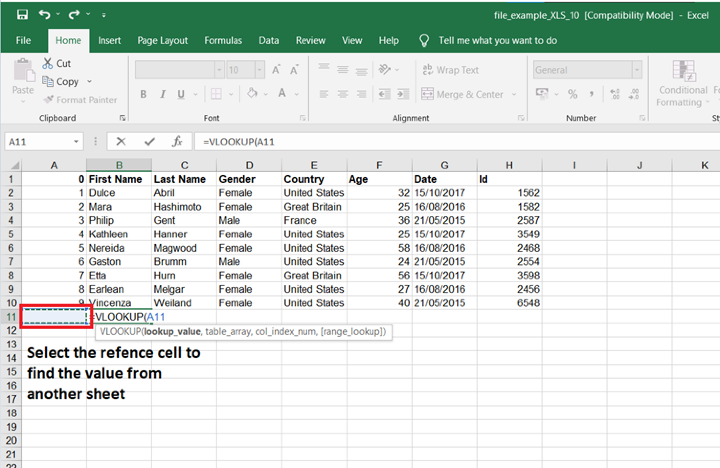
3. Now select the range from another sheet that you want to find values from
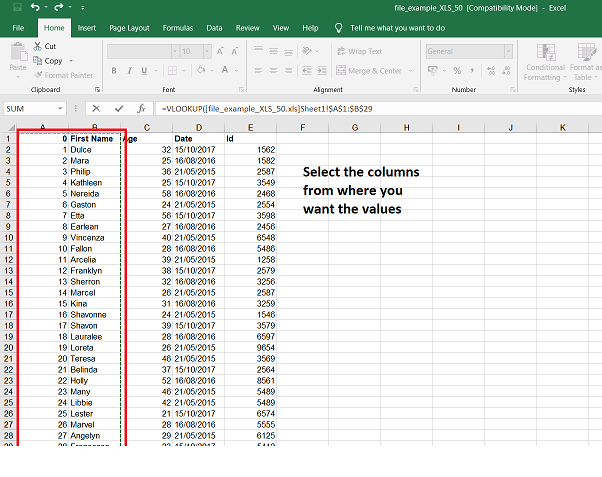
4. The name of the sheet and the selected columns will be shown in formula now ?
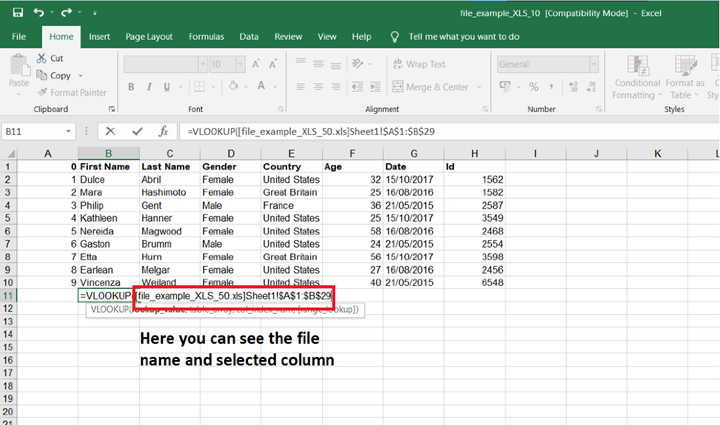
5. now type the column number from where you want the values (Here I am selecting column 2 for getting name from sheet 2,so I typed 2 )
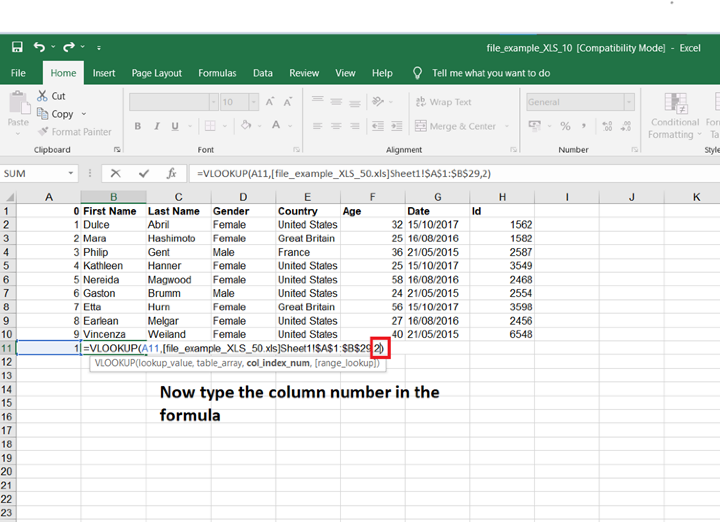
6. Type FALSE for exact value or TRUE for approximate value.
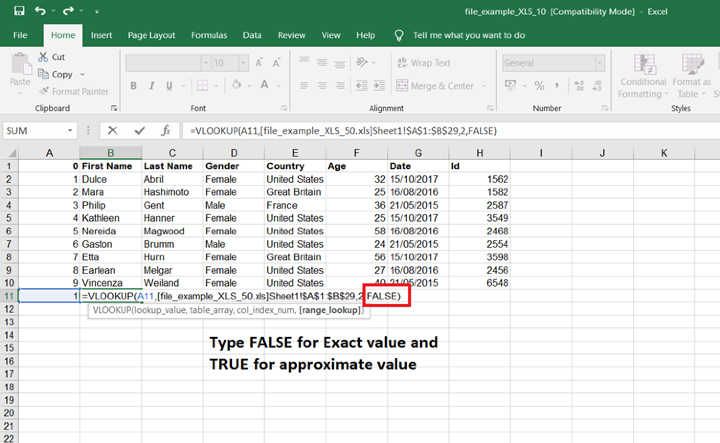
7. Press enter you will get output (In my case I got First Name )
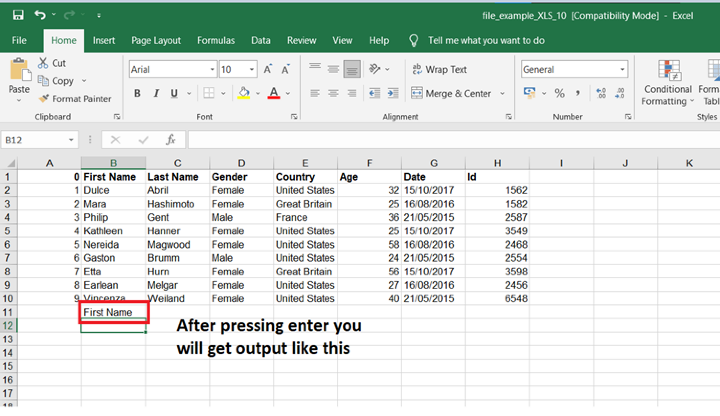
8. Now enter any number in 0 Column to get your output ?
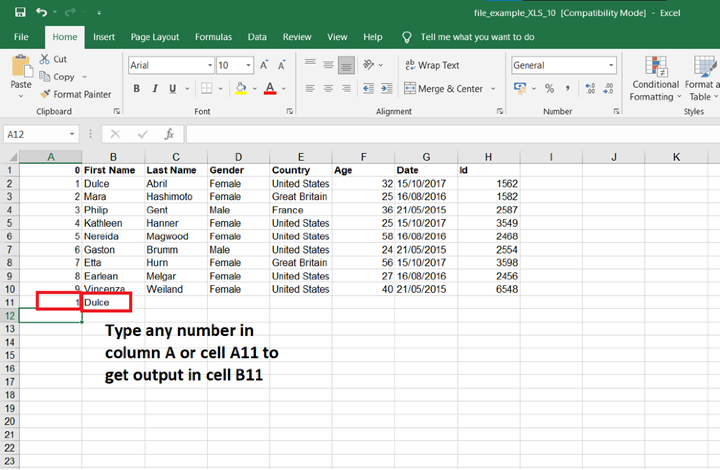
Note ? Use the comma in the bracket after every step
Using Power Query
Power Query is a powerful data connection technology that allows you to effortlessly import data from multiple worksheets.
For Using Power Query we need to follow following steps ?
Step 1 ? Open the file and go to the Data section
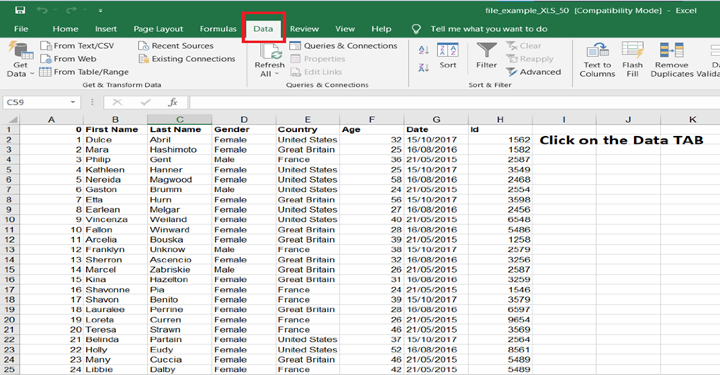
Step 2 ? Select all data ?
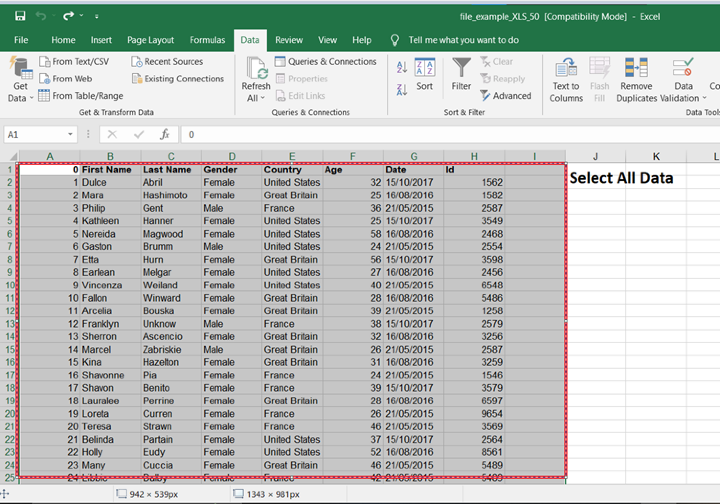
Step 3 ? Now Select thr From Table/Range.
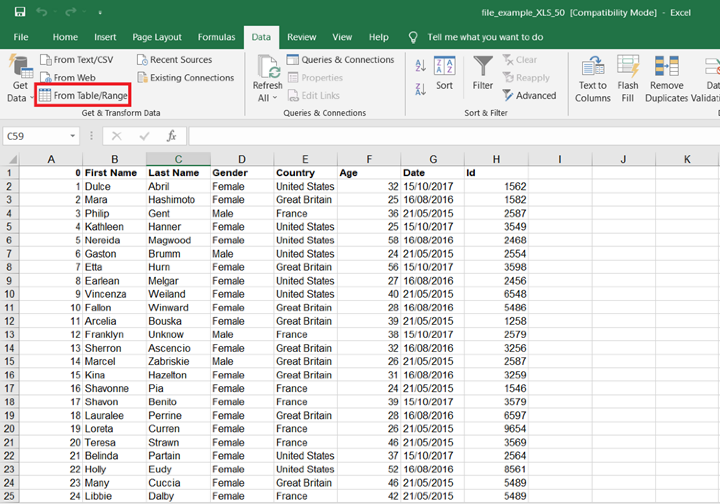
Step 4 ? Press OK.
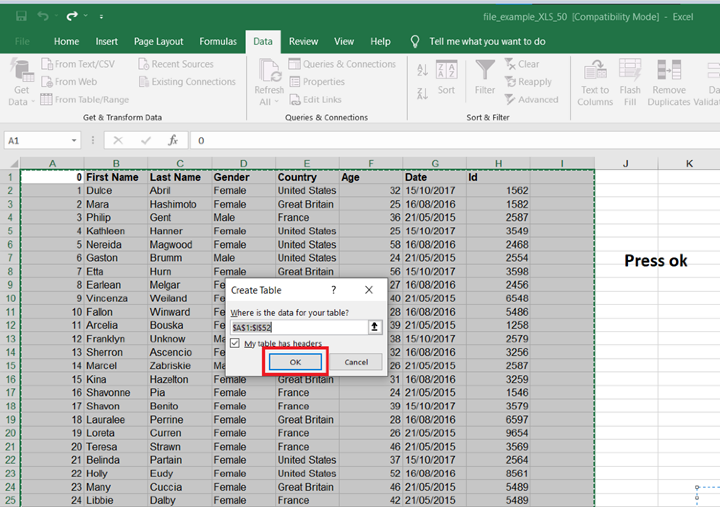
Step 5 ? Select close and Load Option And Then Select the Close and load option.
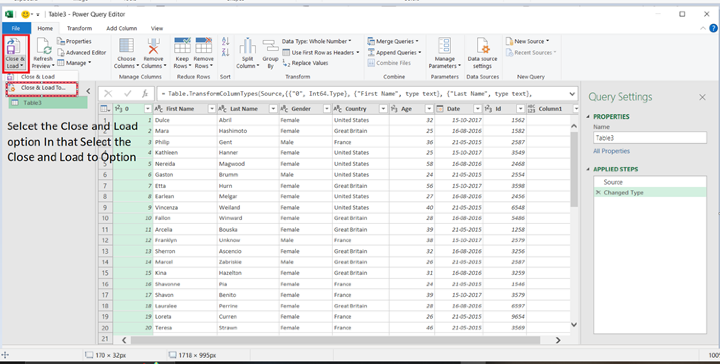
Step 6 ? Choose Only Create Connection Option.
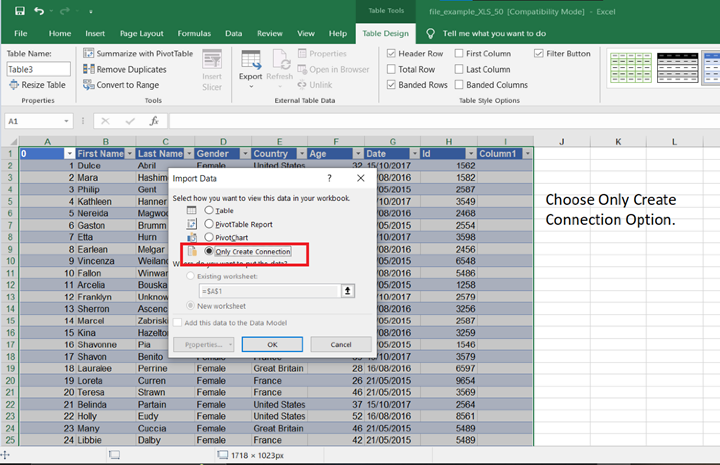
Step 7 ? Now you will see your file at right side in Quries and Connection Section
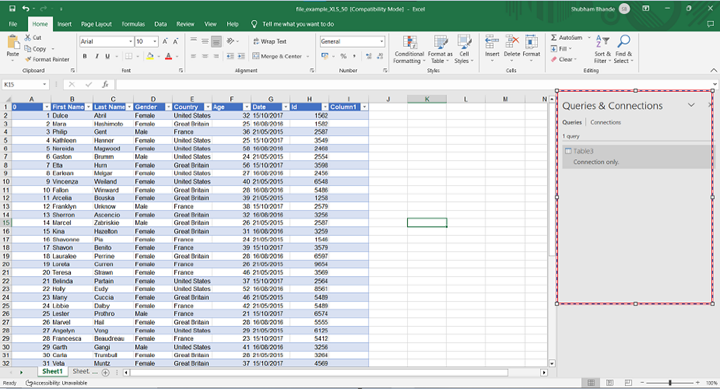
Step 8 ? Follow same process for second file too.
Step 9 ? Commence by accessing the desired worksheet where you intend on transferring data. Then, navigate towards the Excel Ribbon's 'Data' tab and opt for 'Get Data.' In case you cannot see this feature on display, it's probable that an update of your Excel software can help since Power Query's availability commences from versions 2010 onwards.
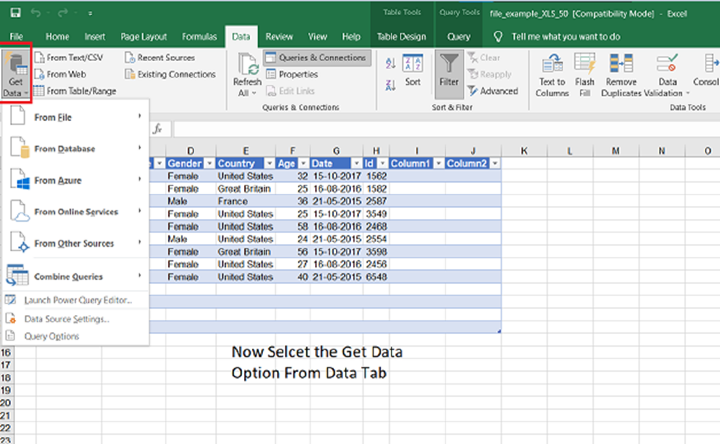
Step 10 ? To combine queries, locate the dropdown menu and hover over it. From there. Select the option for 'Append'
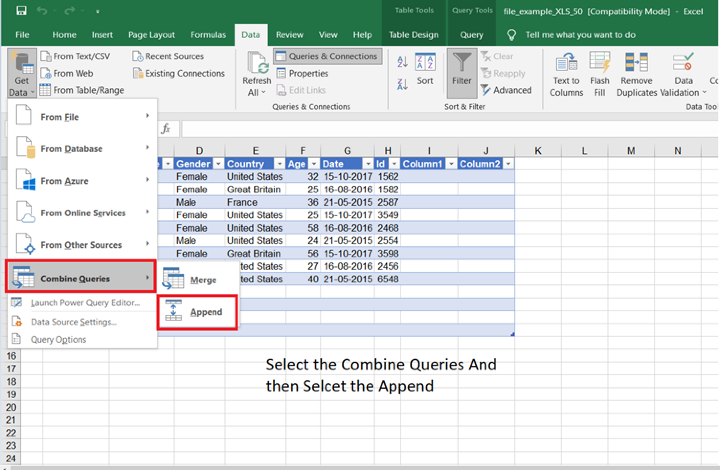
Step 11 ? A prompt for worksheet selection will appear in the newly opened 'Append Queries' window upon clicking the corresponding button.
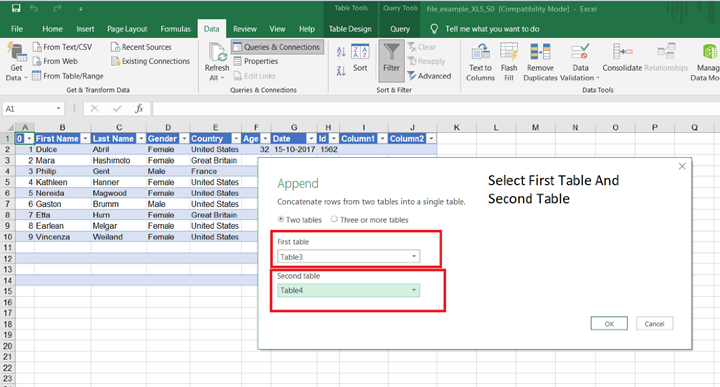
Step 12 ? After adding all the tables you want to import, click 'OK'. Power Query will then import data from all the selected worksheets and combine it into one table in your destination worksheet.
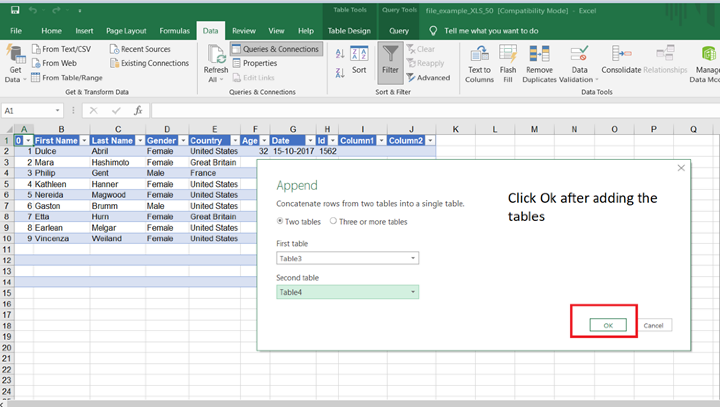
Step 13 ? After importing the data. Please consider loading it into your Excel grid. Simply proceed to the 'Home' tab in the Power Query Editor and click 'Close & Load'. If you only want to create a connection and load the data later, click 'Close & Load To', then select 'Only Create Connection
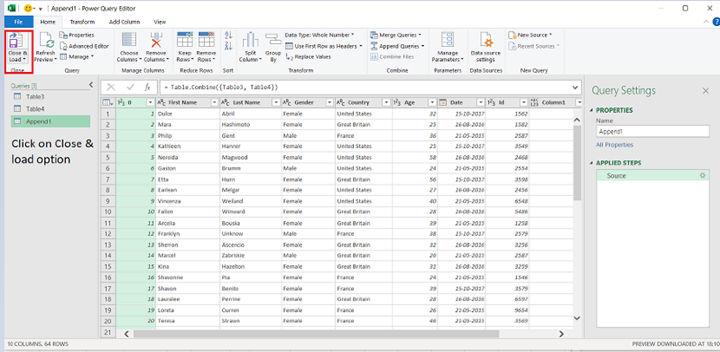
Step 14 ? Now you got all data in one sheet
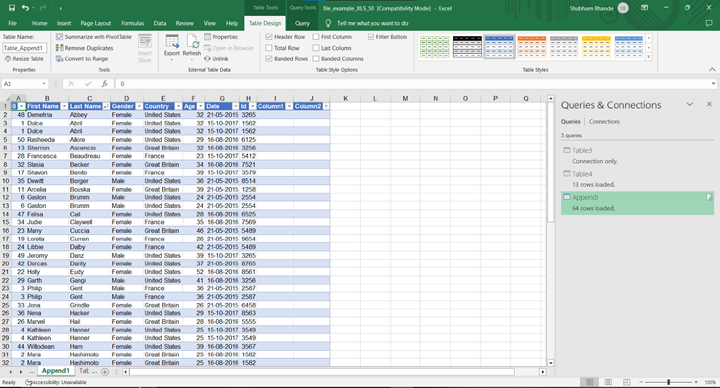
Remember that Power Query is an advanced tool that has many more features to offer. For example, you can transform the imported data, such as removing unnecessary columns, changing data types, or filtering out specific rows, before you load it into your worksheet. You can also refresh your Power Query import whenever the source data changes, ensuring your worksheet always displays the most recent data.
Conclusion
Excel proficiency extends beyond basic functionalities to encompass advanced skills like importing data from distinct worksheets for optimal data management. Techniques such as simple copying and pasting, using built? in formulas by Excel or employing Power Query play an integral role in improving productivity levels and enhancing analytical capabilities exponentially. Importantly choosing a method appropriate for individualized necessities while considering intricacy levels can make all the difference in enhancing workflow efficiency dramatically.

